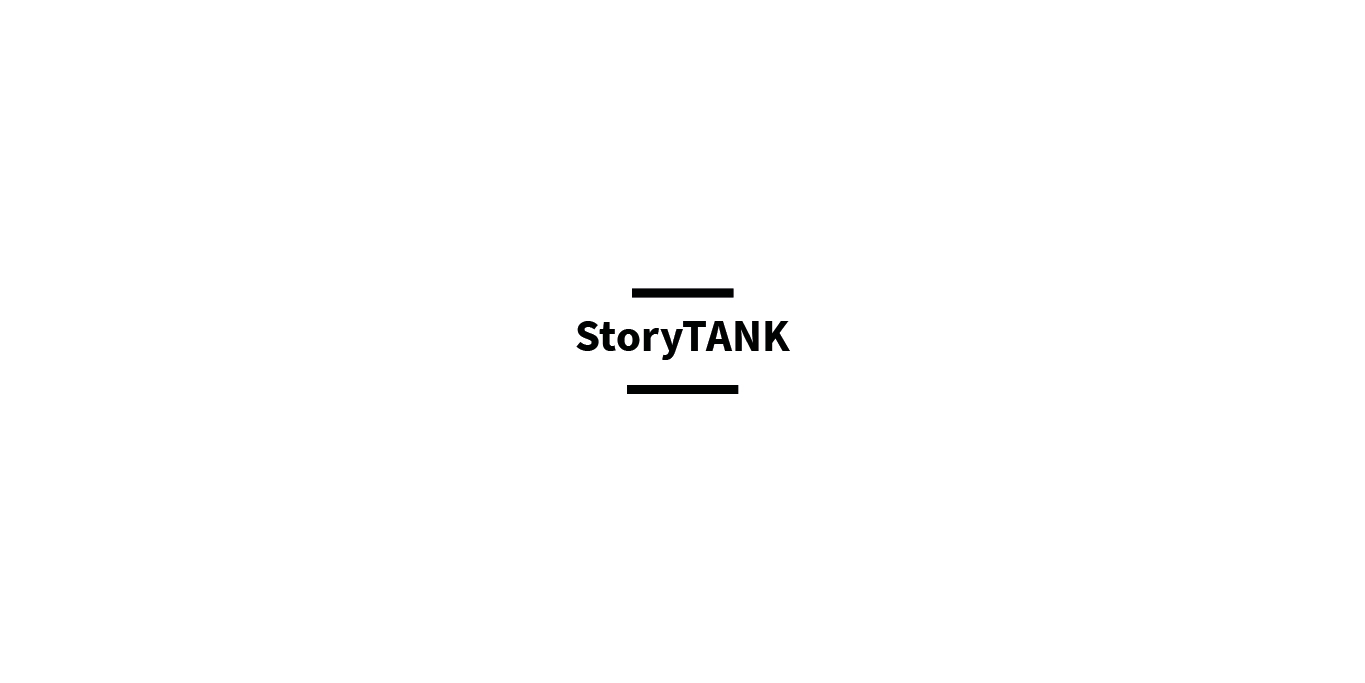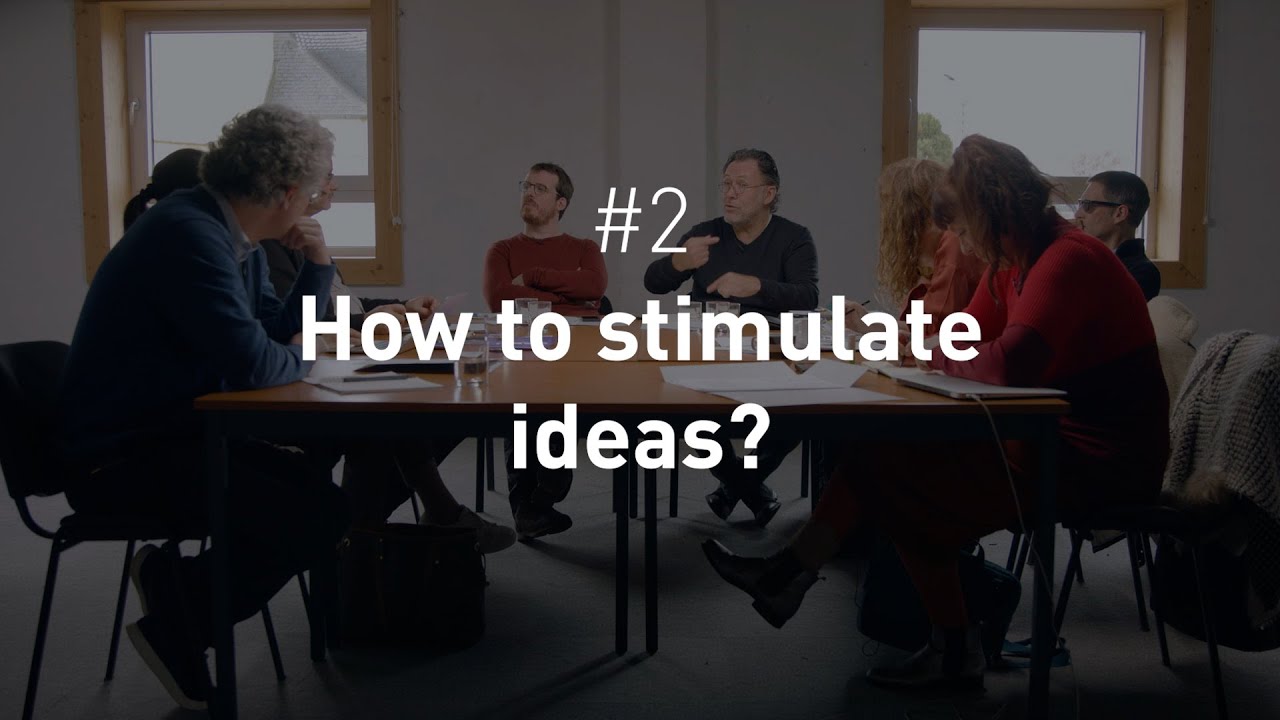CREATIVITY DYNAMICS
|| Featuring ||
Samira Bourgeois. PhD – Human factors, Neuroergonomics & Psychology – Université de Paris
Thierry Servillat. Psychiatrist
Alexis de Saint-Ours. Philosopher of Science
Nathalie Biancheri. Screenwriter & Director
Licia Eminenti. Script-consultant & Screenwriter
Ollivier Pourriol. Writer, Philosopher, Founder of Cinephilo
Philippe Barrière. Script-consultant & Screenwriter
Antoine Le Bos. Script-consultant, LIM & Le Groupe Ouest Artistic Director
Since the 1980s and the so-called « scenario crisis » in Europe, scriptwriters have had at their disposal a set of methods and theoretical models to organize and structure their work. But what of the originality of the ideas themselves and their singularity? In what way can we facilitate author creativity to encourage them to think outside the square, to dare explore new territories or to explore them in a different way?
The very notion of creativity has been the object of scientific studies and analyses for several decades. The creative process with its different stages are now known. Yet, this precise description of the conditions for innovation and the emergence of ideas has had little influence on the practices of screenwriting professionals to date.
This segment of the StoryTANK aims to initiate exchange between scientists and scriptwriters on the genesis of ideas, the nature of the storytelling creative process, the conditions and devices needed to facilitate this creativity.
What is a new idea? How is it achieved? How do we recognize it?
How can we generate an abundance of possibilities to avoid limitation to an initial idea we think we might have? Are some attitudes more creative than others? Are there methods or circumstances which facilitate the generation of new ideas?
What is the process for culling and selecting ideas?
What happens between the apparition of an initial idea and the confrontation of this idea with competing and sometimes complementary ideas? And according to which process can a set of ideas lead to a singular construction?
To what extent is the creative process at work in storytelling comparable to the process at work in scientific disciplines?
How do these contemporary creativity concepts compare to the classical learning model which goes from concept to application, from general to particular, from plan to realization (top- down mode)? What are the advantages of a bottom-up approach (from concrete matter to conceptualization)?
Podcast: Play in new window | Download

